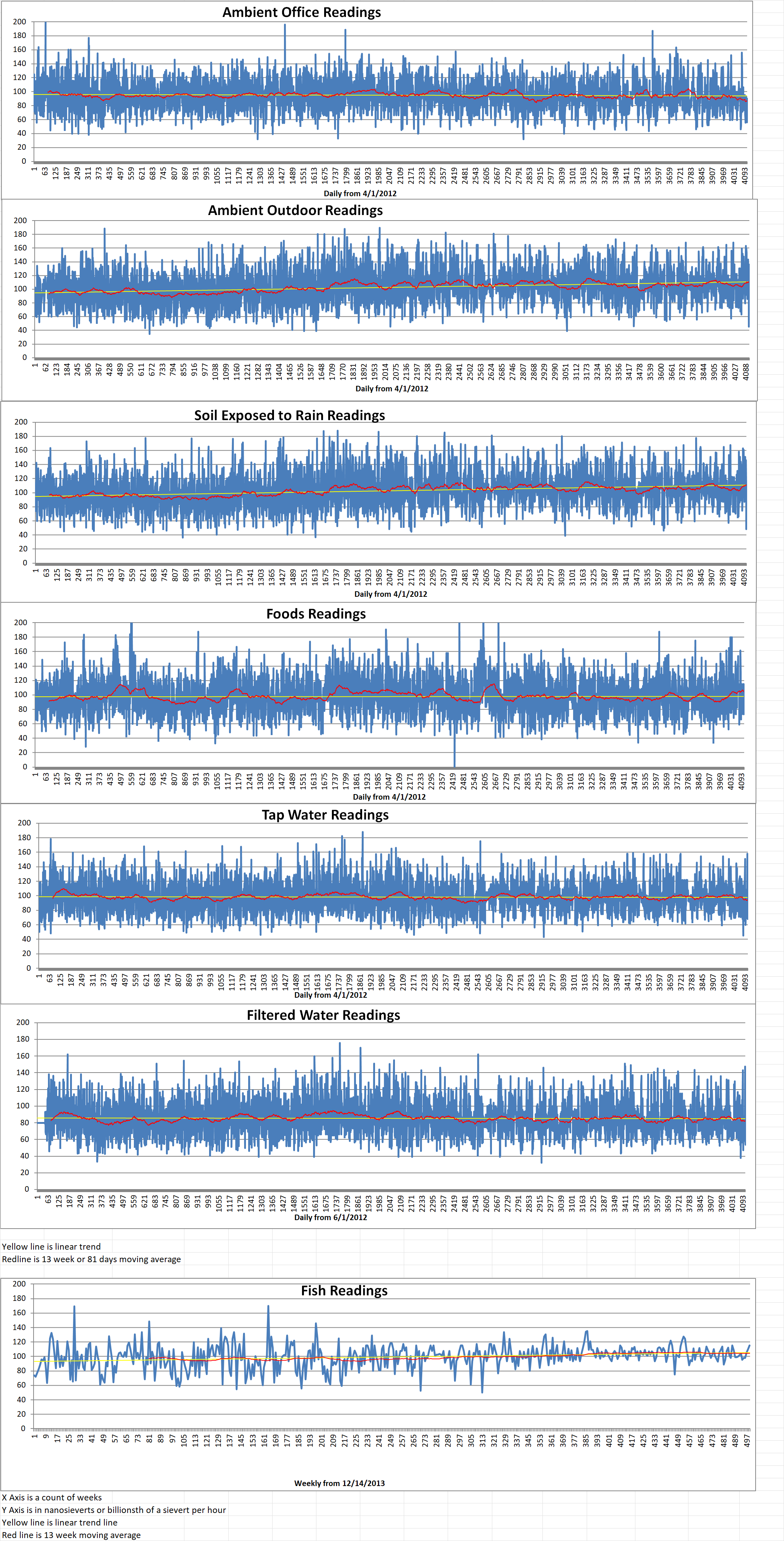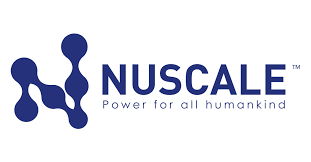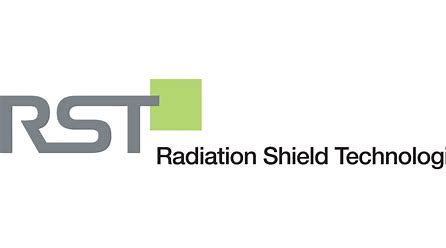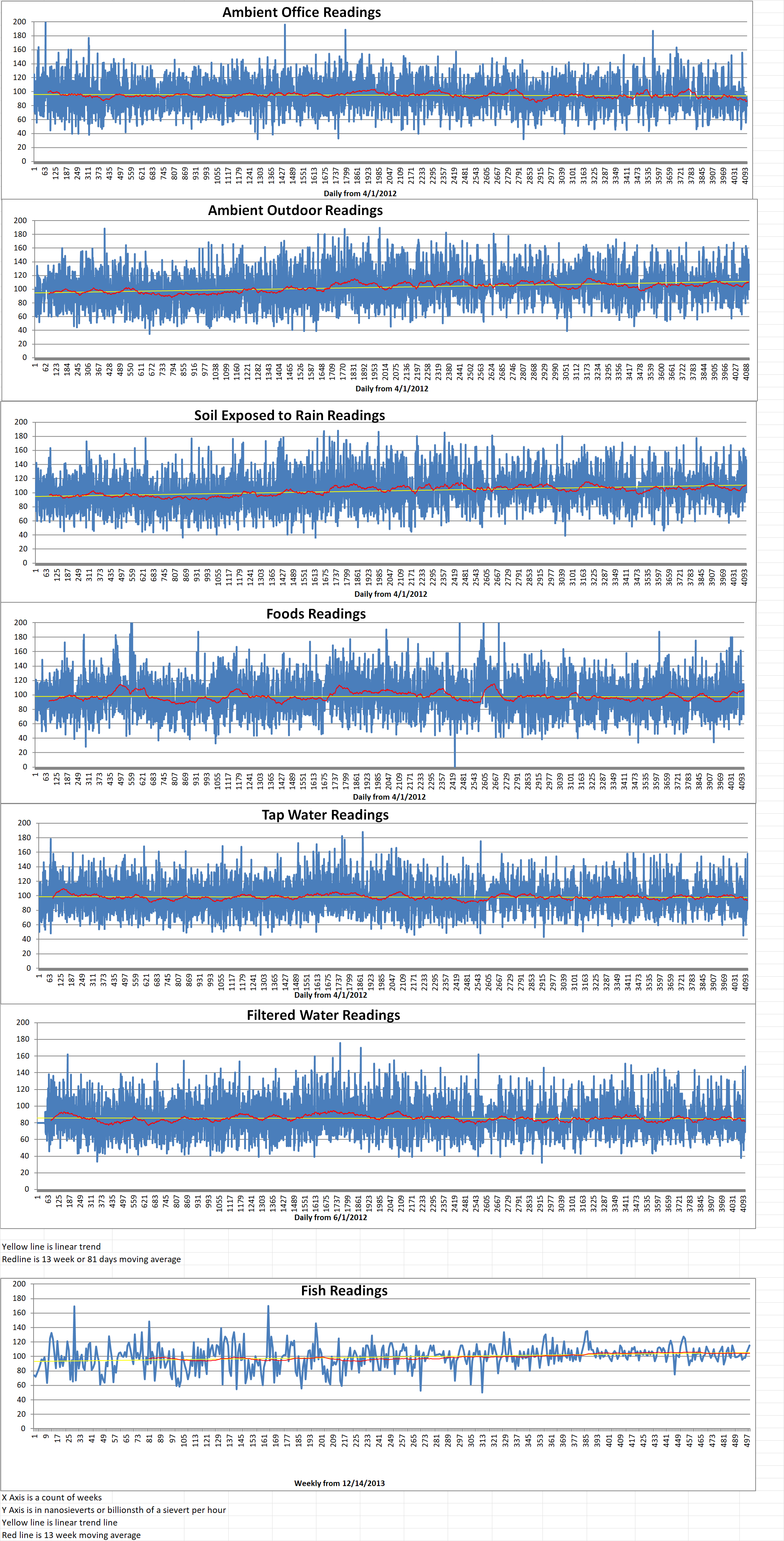The Estonian National Working Group on Nuclear Energy (NEPIO) recommends the construction of a nuclear power plant in Estonia, as the introduction of nuclear energy would contribute to Estonia’s climate objectives, security of energy supply and stability of the energy system. The NEPIO’s final report found that nuclear energy will boost Estonia’s renewable energy.
Although it requires thorough preparation, the NEPIO believes that with timely planning, sufficient funding, political and public support, the introduction of nuclear energy in Estonia is feasible, the press service of the Climate Ministry said.
Over the past two and a half years, the NEPIO has been analyzing the potential of small modular reactors (SMRs), following the International Atomic Energy Agency’s (IAEA) roadmap for the development of national nuclear infrastructure, which identifies 19 key issues for the deployment of nuclear energy.
Antti Tooming is the deputy undersecretary of the Ministry of Climate and head of the NEPIO. He said that nuclear energy has proven its worth in many countries around the world. He added that “Nuclear energy has the potential to ensure a stable energy supply in Estonia for future generations.”
Tooming said that global interest in nuclear energy, especially SMRs is growing. He emphasized that if the state chooses nuclear power, it must not delay emission reductions or reduce renewable energy generation and storage capacity.
Without prior experience, introducing nuclear power to a country takes years of preparation and 9-11 years before it can be added to the grid. Estonia should begin to prepare the legislative framework, acquire capabilities, and begin siting if nuclear power is chosen.
A country without experience in the use of nuclear power must prepare for years of work before starting to generate electricity from a nuclear facility. If Estonia decides to go with nuclear power, it should begin legal preparation and competency development. A new national nuclear authority must be established in order to regulate nuclear energy safety which will need to employ a total of about 80 personnel.
The climate and radiation department of the Environmental Board will be absorbed into the new agency. It will have to hire more than 60 additional personnel, including several dozen nuclear specialists, some of whom would have to come from abroad, at least during the initial transition period.
As the private sector finances the construction of a nuclear power plant, the state’s role is to create a framework that allows the use of nuclear energy. The total cost of the framework from the implementation of the nuclear program to the start of electricity generation, i.e. over a period of 9-11 years, would be in the order of 80 million dollars.
There will also be additional costs related to creating emergency response capabilities, the precise amount of which will be determined later. Implementing nuclear energy would also generate additional revenue for the state. This will most notably be in the form of increased revenue from taxes and economic stimulus, which would outweigh the expenses of establishing and maintaining the national framework. SMRs with a capacity of fewer than 400 megavolt amperes would be suitable in Estonia, according to the final evaluation.
The government and the Riigikogu will discuss whether or not to launch a nuclear power program in the first months of 2024. The final report of the NEPIO was published on the website of the Ministry of Climate on December 30 at 10 a.m.
Blog
-

Nuclear Reactors 1331 – Estonia Is Considering Small Modular Reactors
-
Nuclear News Roundup December 29, 2023
Canadian collaboration to explore isotope production for space exploration world-nuclear-news.org
Nuclear icebreakers help Northern Sea Route to record year world-nuclear-news.org
“Dutch engineer carried out Iranian nuclear sabotage”: VK dutchnews.com
Japan earthquake causes nuclear power station oil leak news.sky.com
-

Geiger Readings for October December 29, 2023
Ambient office = 90 nanosieverts per hour
Ambient outside = 65 nanosieverts per hour
Soil exposed to rain water = 73 nanosieverts per hour
Mini cucumber from Central Market = 114 nanosieverts per hour
Tap water = 68 nanosieverts per hour
Filter water = 54 nanosieverts per hour
-

Nuclear Reactors 1330 – Poland Considering NuScale SMR Power Plant
The president of the Polish National Atomic Energy Agency (PPA) said that NuScale Power’s small modular reactor (SMR) technology is compliant with Polish nuclear safety and radiological protection standards.
The PAA President assessed assumptions of the design of the reactor control room, reactor core, as well as other systems including electrical power supply, command and control, fire protection, reactor cooling, auxiliary systems, radioactive waste and used nuclear fuel management, and the reactor containment used in the NuScale NPM-20 SMR with a power of seventy-seven megawatts.
Aspects related to the design and operation of a multi-module nuclear facility, the methodology for classifying the safety of systems and elements of the structure and equipment were also examined.
According to the PAA, “as a pre-license instrument, may apply to any solutions planned by the investor, including design, technological and organizational solutions, which will have a direct impact on the issues of nuclear safety and radiological protection”. They aim to determine whether the planned organizational and technical solutions comply with the requirements of nuclear safety and radiological protection resulting from the provisions of Poland’s Atomic Law Act, or whether the investor should make appropriate modification.
In an opinion issued on the 22nd of December, 2023, the PAA president concludes that the assumptions adopted in the design of the NuScale technology are correct and meet the requirements of Poland’s Atomic Law and select regulations on the safety of nuclear facilities. The conclusions published by the PAA will be considered in standard and detailed design process of the NuScale reactors that are planned to be constructed in Poland.
In July of 2023, Polish copper and silver producer KGHM Polska Miedź SA’s plan to build a power plant based on NuScale’s SMR was approved by Poland’s Ministry of Climate and Environment. The decisions-in-principle issued by the ministry is a general opinion on selected conditions enabling the construction of a NuScale VOYGR modular nuclear power plant with a capacity of four hundred and sixty-two megawatts consisting of six VOYGR SMRs with a capacity of seventy seven megawatts.
The decision-in-principle represents official state approval for the planned investment in accordance with the assumption and concept presented by NuScale. It is the first decision in the process of administrative permits for investments in nuclear power facilities in Poland submit applications for. Obtaining it entitles KGHM to apply for a number of further administrative arrangements including siting decisions or construction license.
In February of 2022, KGHM signed a definitive agreement with NuScale to begin work towards deploying a first NuScale VOYGR SMR power plant as early as 2029. In July of 2023, KGHM submitted an application to the PAA to evaluate NuScale’s SMR technology and to prepare a site survey. Under a task order signed in September, NuScale will continue to support KGHM’s application to the PAA through activities which include drafting additional preliminary safety analysis reports and coordination with the PAA. The task order also prepares the way for the subsequent tasks in the Early Works Agreements as proposed by NuScale to KGHM.
NuScale’s SMR technology was the first to obtain approval from the U.S. Nuclear Regulatory Commission, in August of 2020. NuScale markets VOYGR plants in four, six and twelve VOYGR SMR configurations. -
Nuclear News Roundup December 28, 2023
Indian PM dedicates demonstration reprocessing plant world-nuclear-news.org
IAEA welcomes action on back-up power at Zaporizhzhia world-nuclear-news.org
Ukrainian state nuclear company on probable reason why IAEA was not allowed in Zaporizhzhia nuclear plant reactor halls news.yahoo.com
Britain to invest 380 million dollars in next-generation nuclear fuel program malaymail.com
-

Geiger Readings for December 28, 2023
Ambient office = 56 nanosieverts per hour
Ambient outside = 45 nanosieverts per hour
Soil exposed to rain water = 48 nanosieverts per hour
Carrot from Central Market = 115 nanosieverts per hour
Tap water = 69 nanosieverts per hour
Filter water = 60 nanosieverts per hour
-

Radioactive Waste 923 – Radiation Shield Technologies Demron Suits Protect Against All Forms Of Nuclear Radiation
There are many major threats to human safety and the environment. These include viral biological outbreaks, the release of toxic chemicals, incidents involving nuclear materials, heat stress, and major weather events. In order to deal with these threats effectively, protective suits must be available to emergency personnel.
Radiation Shield Technologies (RST) marks over two decades of innovation with Demon which is a unique fabric designed to safeguard frontline personnel, including military, nuclear industry workers, emergency response teams, Hazmat Teams, firefighters, law enforcement, and medical workers.
The company’s core technology, Demro, is engineered to combine radiation protection with “ease of use” in order to maximize effective radiological defense. RST’s main goal is to ensure that all Demro products are of the highest protective quality. This goal is achieved by working closely with our end users, developing new standards of personal radiation protection, and meeting the specific needs of those groups most at risk of exposure. After almost a decade of development, RST introduces Demron to the industries, governments and everyday people who, until now, have had no options for true personal radiation protection.
Demron is a special type of personal protective equipment designed to shield the wearer from exposure to ionizing and non-ionizing radiation. Demron is made from a proprietary blend of materials. It is considered to be one of the most effective and versatile forms of radiological protection available today.
Demron was first developed in 2003 by Radiation Shield Technologies (RST). It was initially designed to protect military personnel from the harmful effects of nuclear fallout on the battlefield. However, its unique properties and high level of radiation protection caught the attention of other industries, including medical, nuclear, and emergency services.
What sets Demron apart from other types of radiation protection is its ability to block virtually all types of ionizing radiation. These include gamma rays, X-rays, and beta particles. Traditional lead-based materials only offer partial protection. Demron is capable of absorbing and neutralizing radiation at the molecular level.
In addition to its superior radiation protection, Demron is also highly flexible and lightweight. This makes it comfortable to wear for extended periods of time. It can be utilized in a variety of settings, including hospitals, laboratories, nuclear power plants, and emergency response situations.
One of the most high-profile uses of Demron to date was during the cleanup of the Fukushima nuclear disaster in 2011. Japanese authorities provided Demron suits to workers responsible for removing radioactive debris. The suits helped to protect them from exposure to harmful radiation.
Several independent studies have also verified the effectiveness of Demron in protecting against radiation exposure. Researchers at Duke University found that Demron was highly effective at blocking gamma radiation at various levels of intensity.
Demron represents a major breakthrough in the field of radiological protection. It offers unparalleled levels of radiation shielding in a lightweight and flexible material. As the threat of nuclear incidents and other forms of radiation exposure continues to rise, Demron will undoubtedly be an important tool for protecting the health and safety of workers in a range of industries. -
Nuclear News Roundup December 27, 2023
N.B. Power floats 2nd refurbishment of Point Lepreau nuclear plant cbc.ca
Japan earthquake casts cloud over push to restart nuclear plants reuter.com
Nuclear disasters–in–waiting science.org
Doomsday: What could drive Israel and Iran to start launching nuclear weapons? Thehill.com
Idaho researchers develop reactor digital twin world-nuclear.news.org
-

Geiger Readings for December 27, 2023
Ambient office = 80 nanosieverts per hour
Ambient outside = 100 nanosieverts per hour
Soil exposed to rain water = 101 nanosieverts per hour
Blueberry from Central Market = 73 nanosieverts per hour
Tap water = 158 nanosieverts per hour
Filter water = 148 nanosieverts per hour
-

Nuclear Fusion 59 – Success At The Nuclear Ignition Facility – Part 2 of 2 Parts
Part 2 of 2 Parts (Please read Part 1 first)
For many scientists, the results of the NIF fusion tests confirm that the laboratory is now operating in a new regime. Researchers can now repeatedly duplicate a goal they have been pursuing for more than a decade. Tiny variation of the laser pulses or minor defects in the diamond capsule can still allow energy to escape which results in an imperfect implosion. However, the scientists now have a better understanding of the main variables at play and how to manipulate them.
Annie Kritcher is the NIF’s lead designer for this series of experiments. She said, “Even when we have these issues, we can still get more than a megajoule of fusion energy, which is good.”
It is a long way from the successes at the NIF to the goal of commercial nuclear fusion generated electricity being connected to the grid. However, although the NIF is currently home to the biggest laser in world, it is not well-suited to that task. The NIF’s laser system is very inefficient. More than ninety nine percent of the energy that goes into a single ignition attempt is lost before it can reach the target.
Developing more efficient laser systems is one of the main goals of the DoE’s new inertial-fusion energy research program. This month, the DoE announced forty two million dollars to be spent over four years to establish these three new research centers that will work towards this and other advances.
This investment is the first coordinated effort to develop not just the technologies, but also the workforces required for a future laser-fusion industry according to Carmen Menoni who is a physicist heading up the hub at Colorado State University.
So far, most government investments in fusion energy research have gone into devices called tokamaks. Tokamaks are donut shaped and utilize magnetic fields to confine fusion reactions. This approach is under development at ITER which is an international partnership to construct the world’s biggest fusion facility near Saint-Paul-lez-Durance, France. Tokamaks have also been the recipients of many fusion investments in the private sector. However, dozens of companies are pursuing other approaches.
The time for a dedicated laser-fusion program is right according to Menoni. The decision to pursue it would not have happened without the recent NIF success. Menoni said, “We now know it will work. What will take time is to develop the technology to a level where we can build a power plant.”
Back at the NIF, Kritchner’s latest series of experiments feature a seven percent boost in laser energy. This should lead to even bigger yields. The first experiment in this test series was one of the successful ignitions which took place on the 30th of October. It did not break the record but an input of two and two tenths megajoules of laser energy yielded an output of three and four tenths megajoules of fusion energy.
Kritcher attributes the fact that it did not break the record for energy yield growing pains with the new laser configuration. It is designed to create more energy in the same sized gold cylinder of the previous set of experiments. Before moving to a bigger cylinder, Kritcher
says that her team is going to focus on changes to the laser pulse in order to produce a more symmetrical implosion. She said, “We’ve got four experiments next year.”
